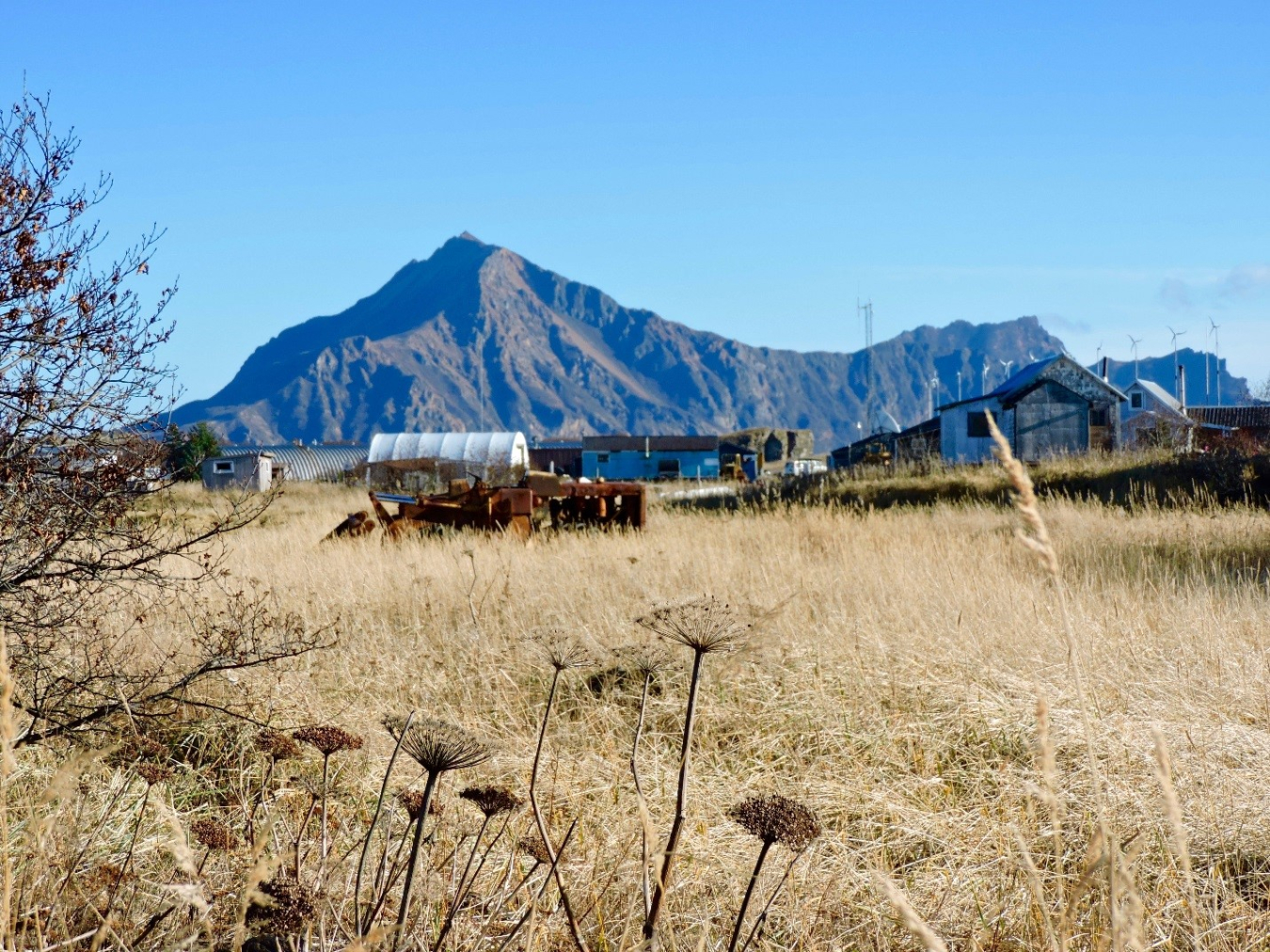DOE's EERE is helping to support energy-and-cost-saving projects in public facilities in rural Alaskan communities.
May 1, 2020
Perryville PK-12 School in Perryville, Alaska; Photo Credit: Rebecca Garrett, Alaska Energy Authority, 2019
The U.S. Department of Energy’s Office of Energy Efficiency and Renewable Energy (EERE) is helping to support energy-and-cost-saving projects in public facilities in rural Alaskan communities.
EERE’s State Energy Program (SEP) provides funding and technical assistance to states, territories, and the District of Columbia to enhance energy security, advance state-led energy initiatives, and maximize the benefits of decreasing energy waste. SEP emphasizes the state’s role as the decision maker and administrator for program activities within the state that are tailored to their unique resources, delivery capacity, and energy goals.
With funding from SEP, Alaska’s Village Energy Efficiency Program (VEEP) competitively awards grants to rural Alaskan communities for energy and energy-cost-saving projects. One awardee is the Lake and Peninsula School District (LPSD), comprised of 12 schools located on the Alaska Peninsula that serves an area roughly the size of the state of West Virginia. All transportation between the 12 LPSD schools and the Alaska mainland is conducted by boat or small plane since they are not connected by roadways.
VEEP funding was used to support lighting and controls upgrades at two of the 12 schools, both of which received the maximum amount of $150,000. LPSD provided more than $200,000 in additional support through cost-match and in-kind contributions. From 2015 to 2019, the lighting and controls upgrades saved each school more than $38,000 each year, with an expected payback period of eight years.
Alaska was able to extend the VEEP program beyond the life of the SEP grant thanks to financial contributions from Wells Fargo, the Alaska Energy Authority, and 47 local Alaskan communities. Alaska Energy Authority Executive Director, Curtis Thayer, notes that “this opportunity represents a unique public-private partnership designed to reduce long-term fixed energy costs while supporting community health and public safety.”
Concurrent with the SEP investments in VEEP, DOE made $4 million available to 64 remote communities to compete for technical assistance and implementation grants as part of the Remote Alaska Communities Energy Efficiency Competition. In 2020, seven remote Alaska communities are implementing a broad set of energy efficiency improvements to improve comfort in buildings and reduce energy costs.

